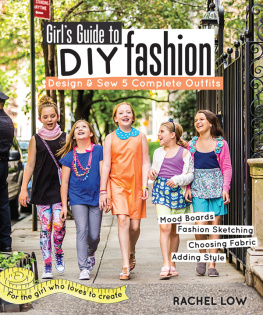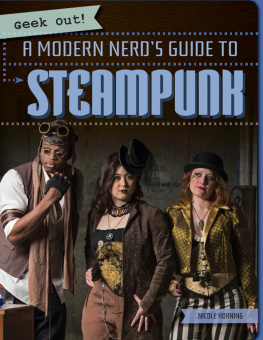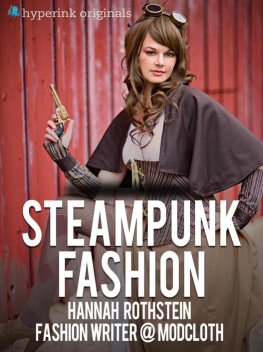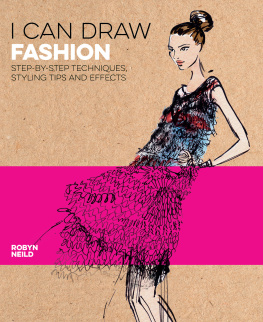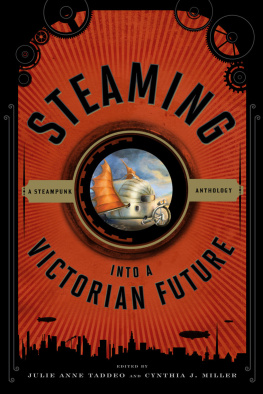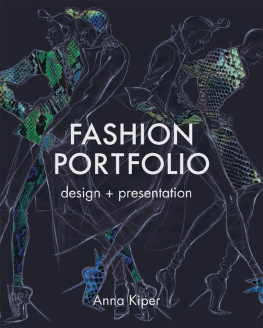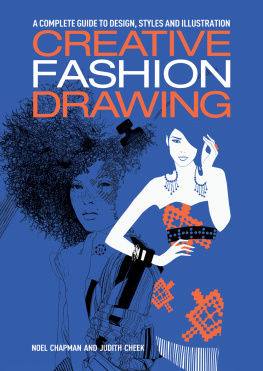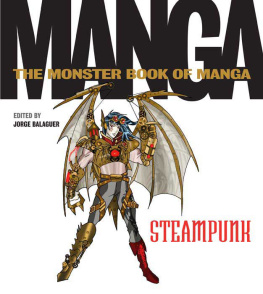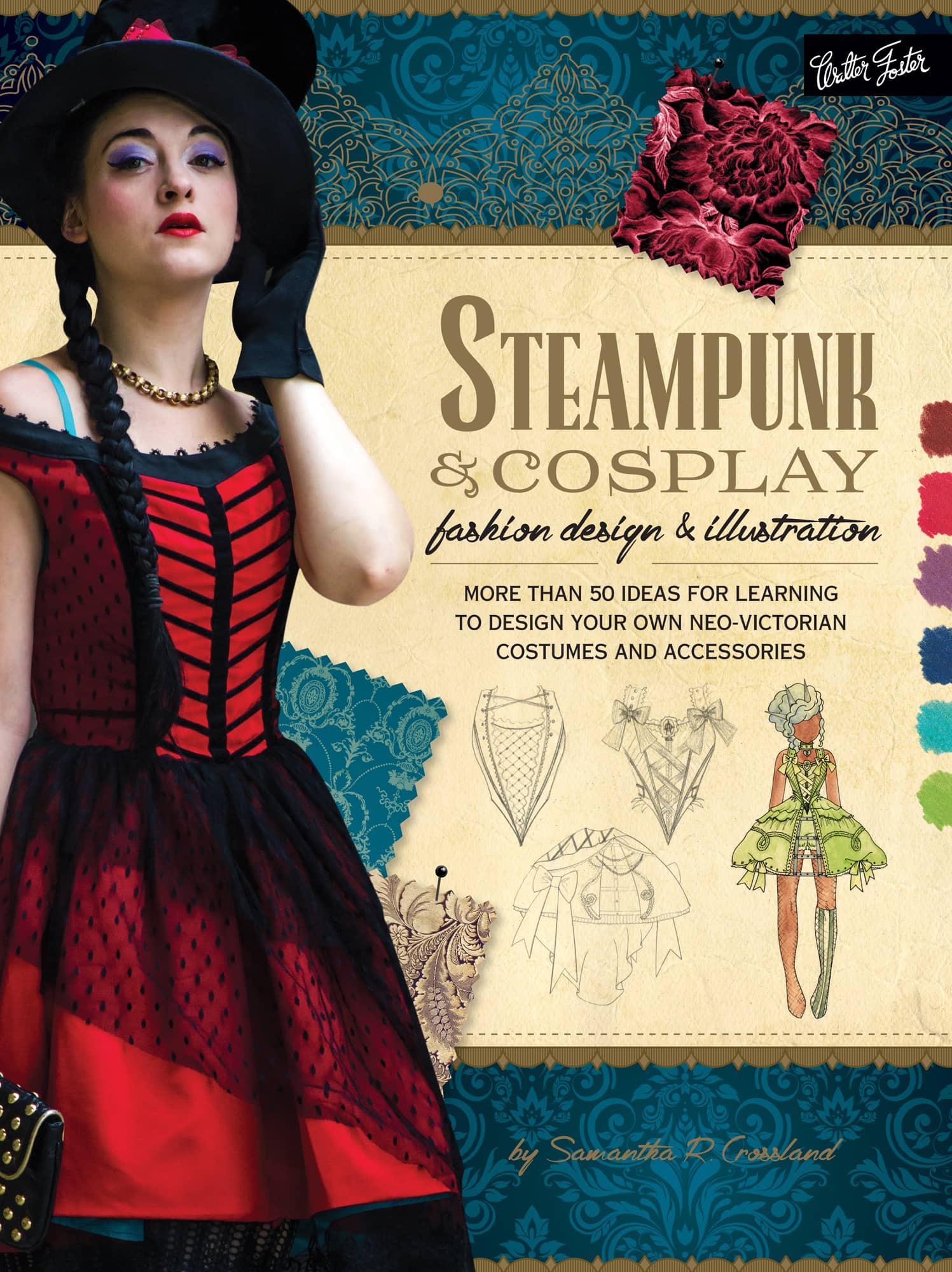Samantha R. Crossland - Steampunk & Cosplay Fashion Design & Illustration: More Than 50 Ideas for Learning to Design Your Own Neo-Victorian Costumes and Accessories
Here you can read online Samantha R. Crossland - Steampunk & Cosplay Fashion Design & Illustration: More Than 50 Ideas for Learning to Design Your Own Neo-Victorian Costumes and Accessories full text of the book (entire story) in english for free. Download pdf and epub, get meaning, cover and reviews about this ebook. year: 2015, publisher: Walter Foster Publishing, genre: Home and family. Description of the work, (preface) as well as reviews are available. Best literature library LitArk.com created for fans of good reading and offers a wide selection of genres:
Romance novel
Science fiction
Adventure
Detective
Science
History
Home and family
Prose
Art
Politics
Computer
Non-fiction
Religion
Business
Children
Humor
Choose a favorite category and find really read worthwhile books. Enjoy immersion in the world of imagination, feel the emotions of the characters or learn something new for yourself, make an fascinating discovery.

- Book:Steampunk & Cosplay Fashion Design & Illustration: More Than 50 Ideas for Learning to Design Your Own Neo-Victorian Costumes and Accessories
- Author:
- Publisher:Walter Foster Publishing
- Genre:
- Year:2015
- Rating:3 / 5
- Favourites:Add to favourites
- Your mark:
Steampunk & Cosplay Fashion Design & Illustration: More Than 50 Ideas for Learning to Design Your Own Neo-Victorian Costumes and Accessories: summary, description and annotation
We offer to read an annotation, description, summary or preface (depends on what the author of the book "Steampunk & Cosplay Fashion Design & Illustration: More Than 50 Ideas for Learning to Design Your Own Neo-Victorian Costumes and Accessories" wrote himself). If you haven't found the necessary information about the book — write in the comments, we will try to find it.
Steampunk & Cosplay Fashion Design & Illustration is designed to appeal to both fashion enthusiasts and steampunk cosplay fans alike.
Whether your dream is to become a fashion designer, or you simply want to combine your artistic skills with a love for steampunk fashion and culture , the tips, tricks, tools, and step-by-step projects in this book provide you with everything you need to learn to design and draw an assortment of cosplay outfits. Beginning with a brief introduction to drawing techniques and fashion basics, this valuable resource provides a quick guide to figure proportions, basic anatomy, and a glossary of common fashion terms. Additionally you will learn how to render various textures, including fabric, brass, leather, wood, and more. Youll discover how to render typical steampunk characters , along with their fascinating and outlandish accessories, including brass spectacles, goggles, canes, boots, and more. After working through the step-by-step projects you will find templates at the back of the book to help you get started on your own original fashion designs.
With comprehensive instruction, a plethora of artist tips and tricks, and beautiful artwork to inspire, Steampunk & Cosplay Fashion Design & Illustration is the perfect resource for budding fashion designers and seasoned artists alike.
Samantha R. Crossland: author's other books
Who wrote Steampunk & Cosplay Fashion Design & Illustration: More Than 50 Ideas for Learning to Design Your Own Neo-Victorian Costumes and Accessories? Find out the surname, the name of the author of the book and a list of all author's works by series.

